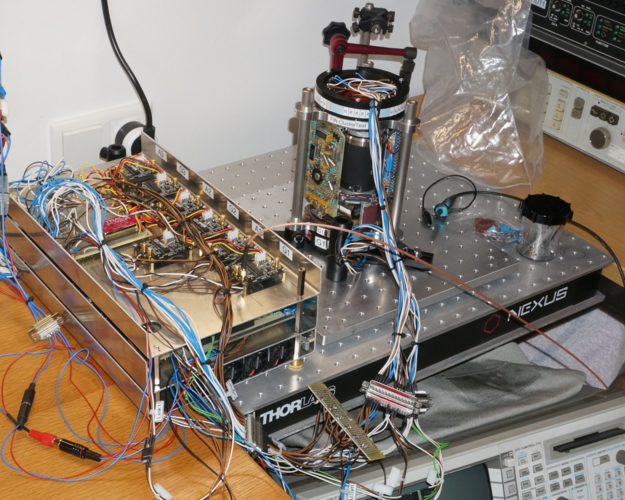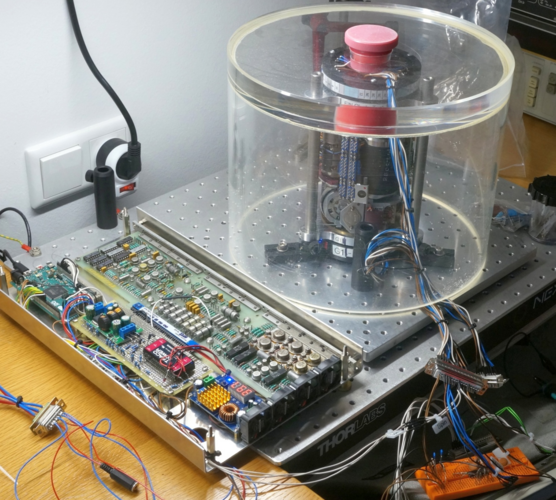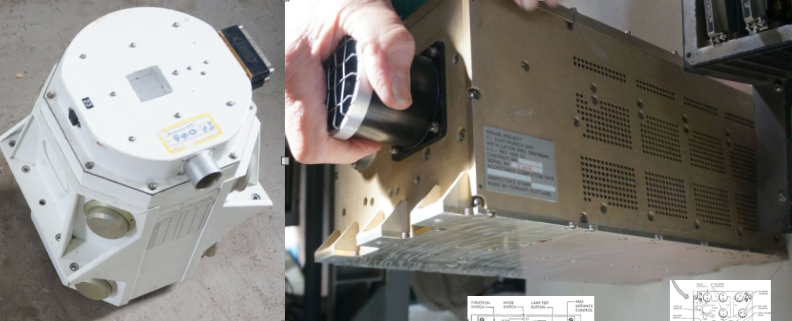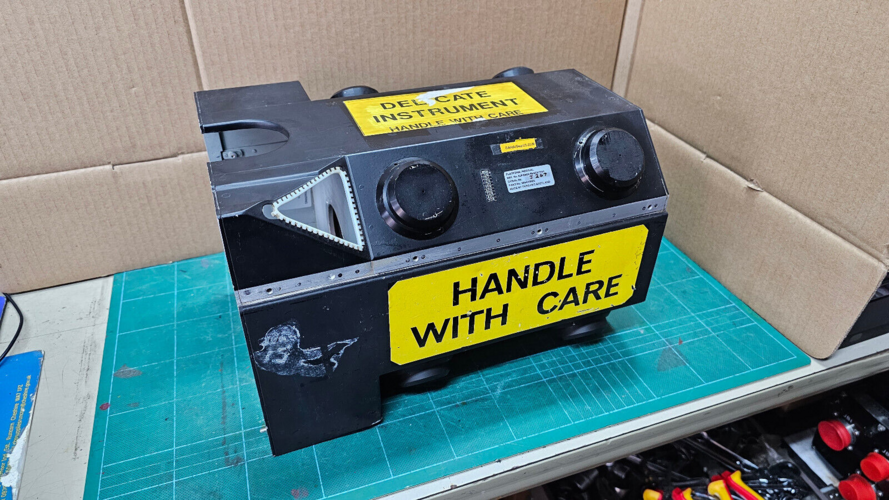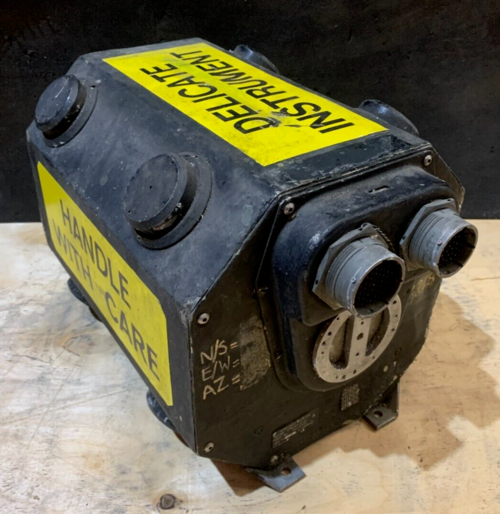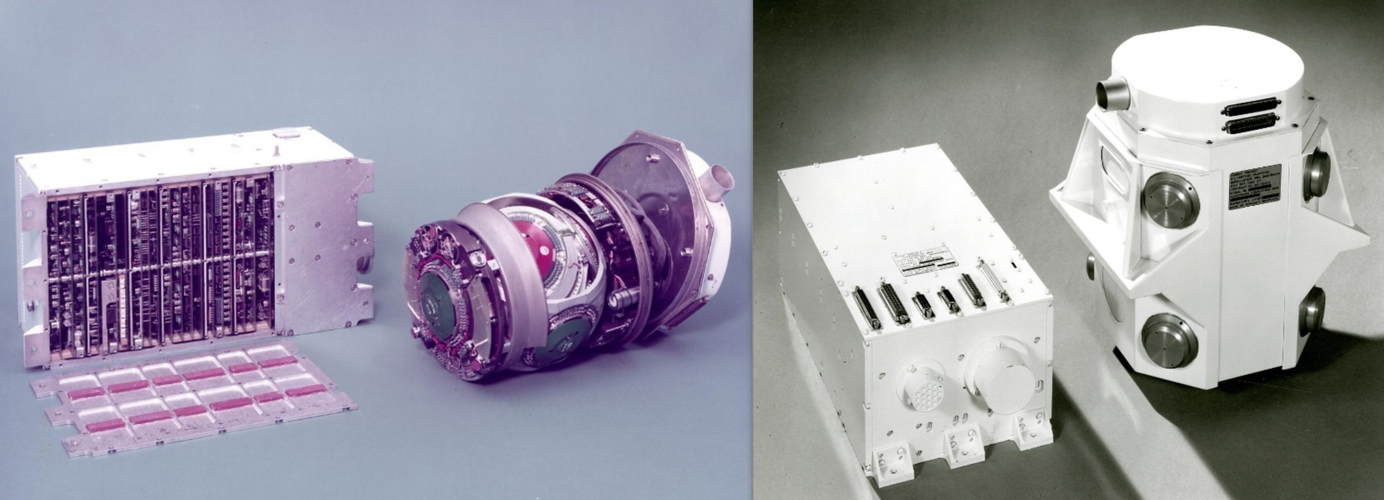I couldn't really disagree with those comments. It always seemd to me that it had started out as a basic inertial nav system, and that the weapon aiming and moving map functions were "bolted on" later.
In terms of actually operating the system, it was probably too much for the pilot to handle alone. There were numerous different operating modes This was pre-HOTAS, and I seem to remember 1 pilot commenting that it could take up to 20 consecutive switch selections to get it into a particular planned attack mode. Since he would typically be flying at 200ft/450kts, this was a pretty heavy workload. The yanks certainly couldn't handle it, and they were generally flying much higher. All they really wanted/needed was a manual variable depression bomb sight. With the AV8B they got the Hughes Aircraft Angle Rate Bombing System (ARBS) which was at least controlled via the HOTAS.
Although a variant of the INAS was fitted to the RAF Phantom, that aircraft's (QRA) role didn't really involve dropping ordinance, so they never used the weapon aiming functions. They only needed a nav system which could be aligned in under 2 mins (and it could be!).
Over-engineered? I always thought that the system probably took analogue computing as far as it could go. It was certainly a very complicated system, but solving the navigation and weapon aiming equations in 1960s analogue computers was always going to be complicated. In electronic terms, this was pre-"op amps" and each amplifier was constructed of individual (silicon) transistors, diodes and resistors. There wasn't the option of simply selecting an appropriate integrated circuit from the Burr Brown catalogue. If you wanted (eg) an ac modulator or dc mutiplier it had to be designed from scratch. (I even remember 1 circuit which used a big resistor network to generate a x cos squared function in the PPC.) My exposure to it was long after the design had been completed, but I was full of admiration for the designers - they crammed a lot of stuff into a very limited volume. (There was a heading servo shaft in the Power Supply simply because there was no space for it in the Weapon Aiming Computer). There was also no space in the Ballistics Box to store all the different weapon characteristics, so there were "Ballistics Plugs" for each weapon. These could be interchanged at 1st line to cope with differing weapons loads in between sorties. (The plug for the 30mm Aden Gun was fixed).
Somewhere I've got an old Ferranti sales/technical brochure for the Harrier system - I'll try to dig it out.
I suppose it reflected the times, but the INAS was supported by a similarly complicated suite of test gear - the RAF did their own 2nd and 3rd line repairs and there were test sets for each LRU and even each module. There was even a clean room at 30MU where the Inertial Platforms were stripped down and repaired down to instrument cluster level. 4th line Platform repairs were handled at Ferranti in Edinburgh.
sealordlawrence said:
Newboy1,
Thanks for the additional detail. I had a conversation with an interesting fellow I met at Paris this year who was an ex Harrier engineer and nav-attack systems came up, following a brief exchange I proposed that the INAS system displayed two characteristics and he agreed:
1) The system was more ambitious than the aircraft that ultimately ended up carrying it
2) It was typically British in that it was somewhat over-engineered and overly complicated
I would be interested to know your thoughts?

